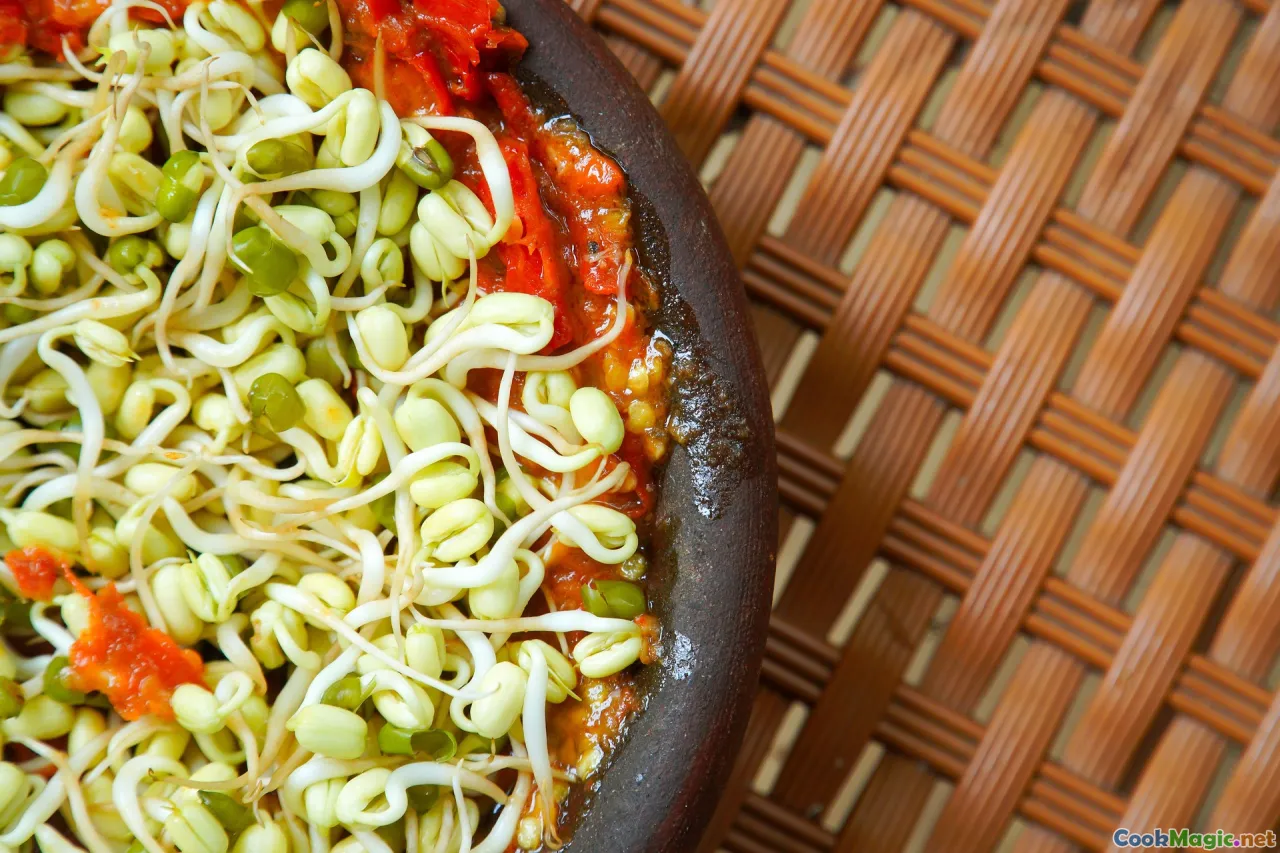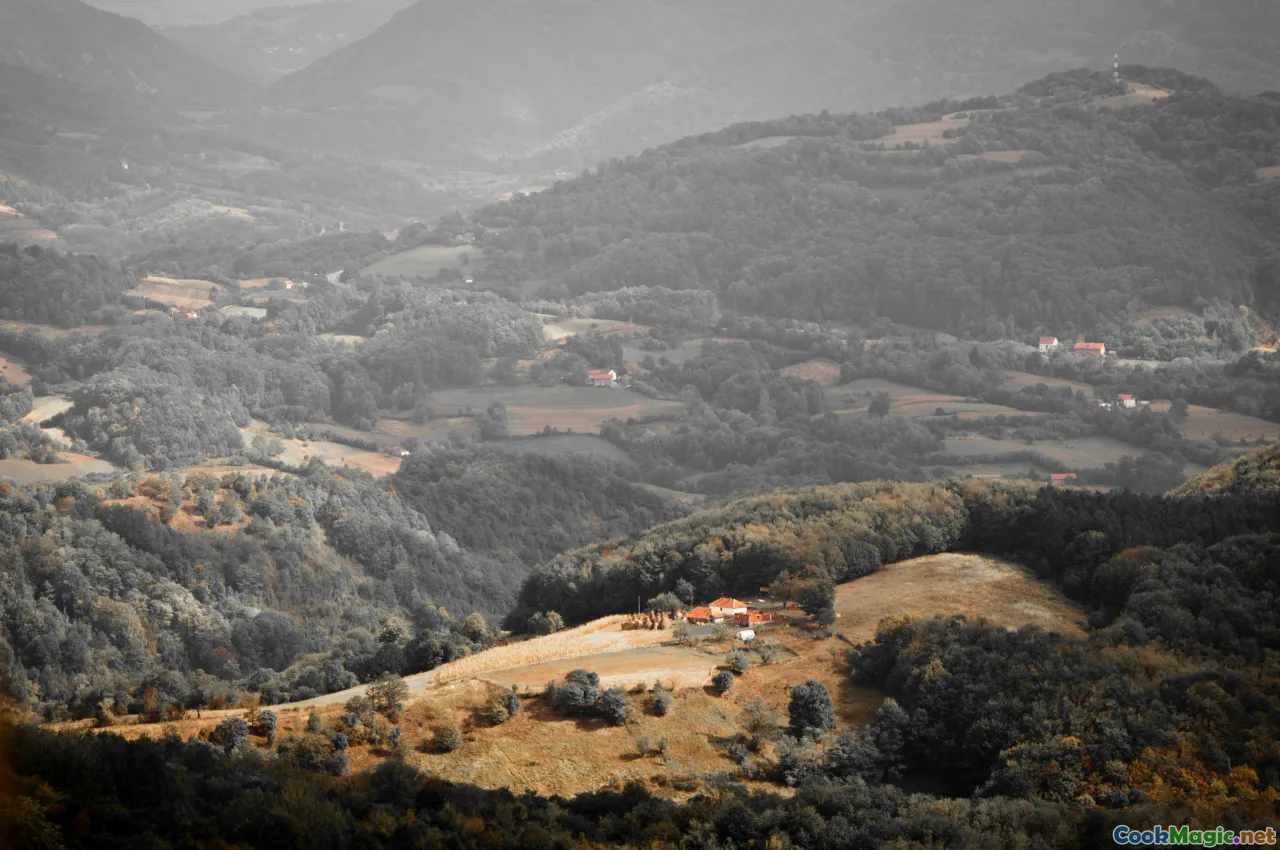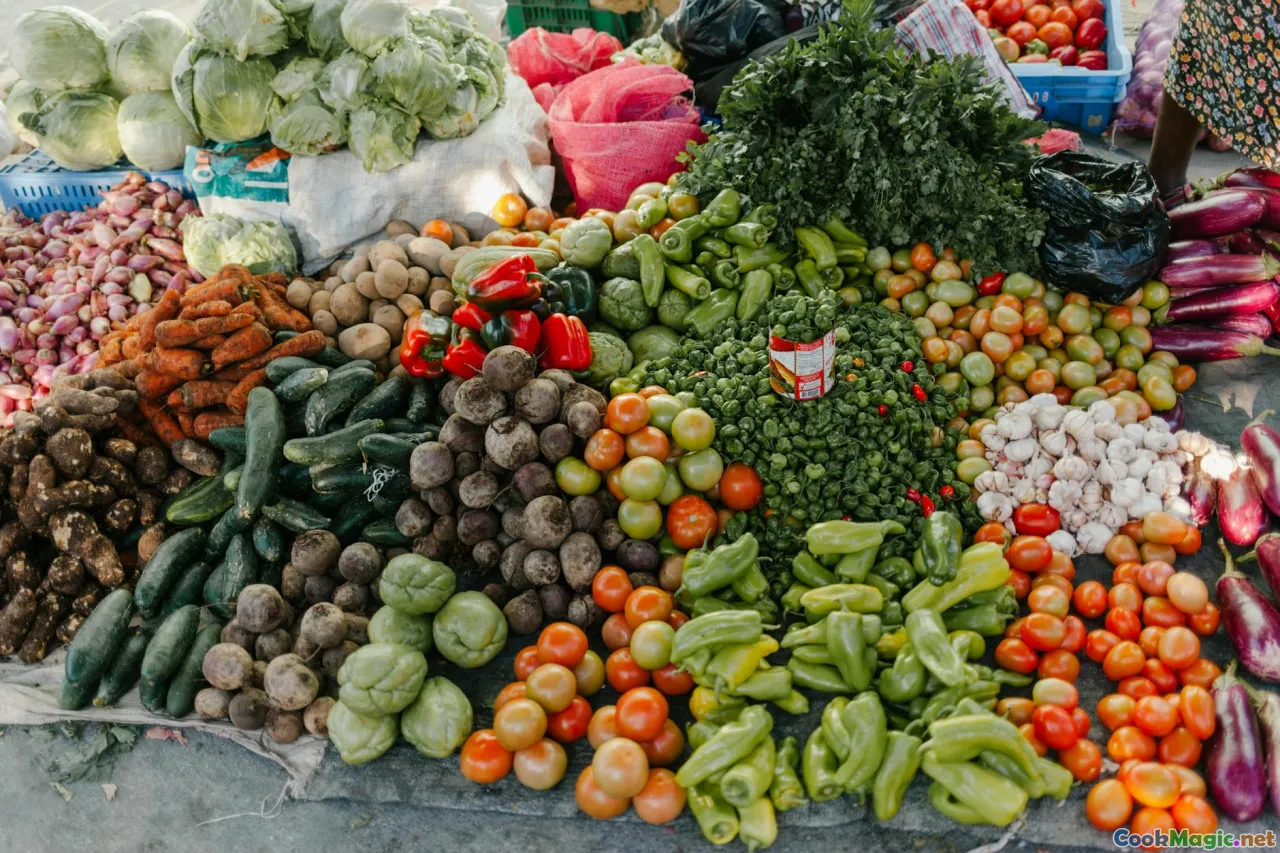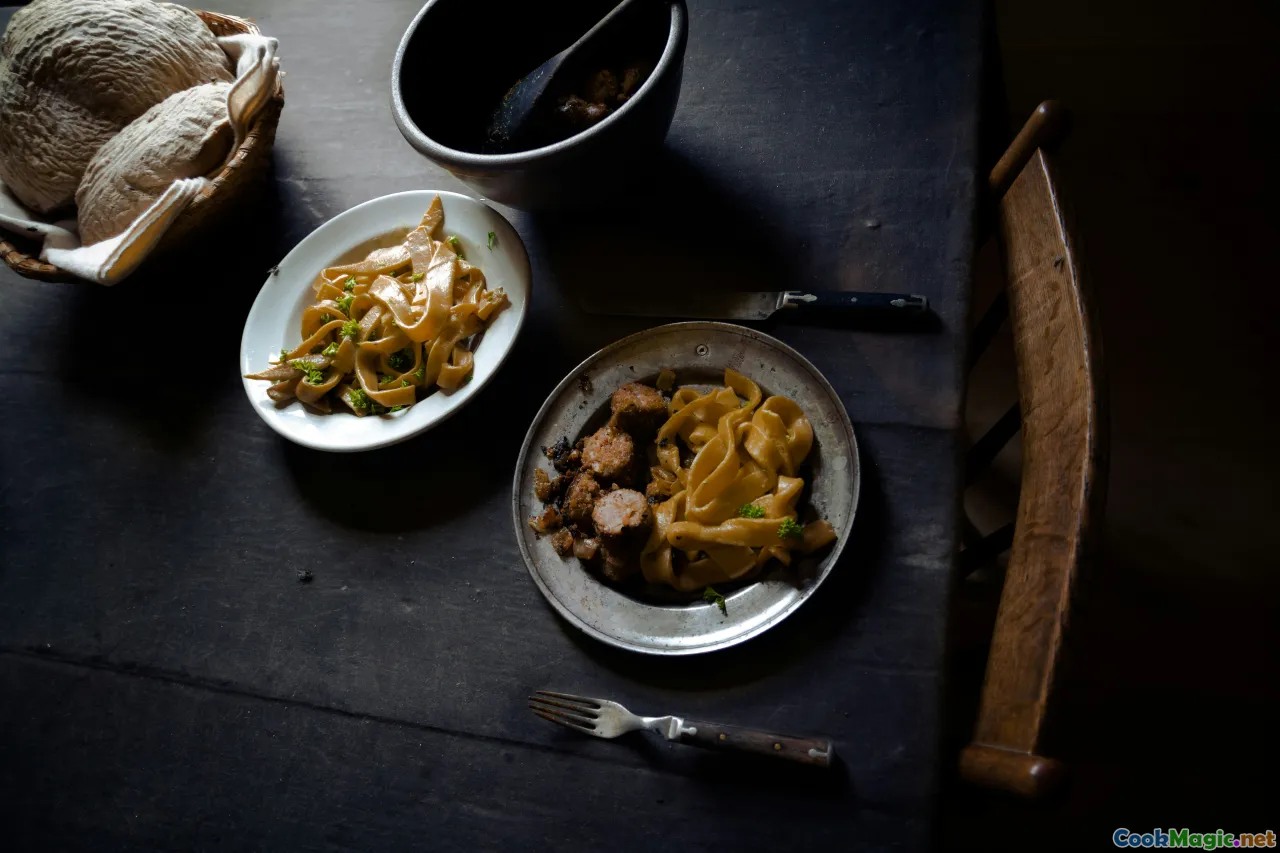Identifying Authentic Andorran Trinxat Recipes
12 min read Discover authentic Andorran Trinxat recipes, exploring traditional methods and the cultural significance of this hearty mountain dish. August 13, 2025 21:05
Identifying Authentic Andorran Trinxat Recipes
Few dishes capture the rustic charm, seasonal simplicity, and cultural depth of Andorra quite like Trinxat. Nestled high in the Pyrenees, this mountain hamlet comfort food beckons with its hearty aroma, its vibrant shades of green and golden hues, and its ability to evoke a sense of place in every bite. Yet, amid the plethora of recipes circulating online and in multicultural restaurants worldwide, how does one distinguish an authentic Andorran Trinxat from a modern reinterpretation or a duplicative derivative?
In this deep dive, we will peel back the layers of tradition, ingredients, techniques, and storytelling behind truly authentic Andorran Trinxat. Whether you're a seasoned cook eager to perfect an age-old recipe or a culinary enthusiast passionate about regional authenticity, understanding the nuances will elevate every plate.
The Cultural Roots of Trinxat in Andorra

Trinxat, literally translated from Catalan as “crushed” or “mashed,” is not just a dish—it's a reflection of Andorran resilience, resourcefulness, and culinary identity. Originating from the rural villages of the Pyrenees, it embodies the practical necessity of utilizing seasonal, locally available ingredients—mainly, potatoes, cabbage, and pork.
Historically, Trinxat served as sustenance for shepherds, farmers, and miners, offering a warm, filling meal after long days amid mountain winds. Its roots tie deeply with Catalan cuisine, shared across the Pyrenean regions, yet with a distinct Andorran twist that highlights local ingredients and cooking styles.
Personal Insight: I remember my first trip to Andorra, wandering through the quaint villages and smelling the comforting aroma of sulfur and cured meats wafting from local taverns. When I finally tasted a well-made Trinxat in a family-owned inn, I sensed the soul of the mountains in every bite—a harmonious blend of earthiness, smokiness, and faint sweetness.
Key Ingredients in Authentic Trinxat

Authentic Andorran Trinxat hinges on a select combination of ingredients, each serving a purpose beyond mere nutrition—each taste, texture, and aroma collectively tell a story.
1. Potatoes
The backbone of Trinxat. Typically, starchy potatoes such as Russets or local varieties like 'pallerina' are used. The potatoes are boiled until soft, their earthy aroma fragrance the kitchen, then mashed—preferably without overly breaking down into dust, aiming for a slightly textured consistency.
2. Cabbage
Green cabbage dominates locally sourced for its mild bitterness and natural sweetness when cooked. Sometimes kale may be mixed in for added depth, but the classic calls for white cabbage that has been gently simmered to preserve some crunch and flavor.
3. Pork Products
A defining feature and enough to elevate the humble dish: pork. Traditionally, slices of pernils (local cured ham), botifarra (Catalan sausage), or even leftover roast pork are incorporated. The smoky, fatty qualities of cured pork beans give Trinxat an undeniable richness.
4. Garlic & Olive Oil
Aromatic layers are essential. Garlic is finely chopped or crushed and sautéd with the pork for a fragrant base. Good-quality extra virgin olive oil is drizzled during the mash, adding a fruity, peppery note.
5. Other Variations and Seasonings
While the core ingredients remain consistent, small variations abound—adding onion, bell peppers, or even wild herbs like thyme or rosemary, depending on family tradition or regional customs.
How To Make Authentic Trinxat: Step-by-step

Creating an authentic Trinxat is as much about technique as it is about ingredients. Here's how to reproduce a truly genuine flavor:
Step 1: Prepare the Potatoes
- Peel and cut high-quality starchy potatoes into even chunks.
- Boil in salted water until just tender (about 15 minutes).
- Drain and allow to steam dry for a few minutes.
- Mash with a fork or potato masher, aiming for a slightly chunky texture.
Step 2: Cook the Cabbage
- While potatoes cook, shred the cabbage into thin strips.
- Sauté in a generous amount of olive oil over medium heat.
- Add finely chopped garlic when the cabbage begins to soften.
- Cook until tender but still vibrant green, seasoning lightly with salt.
Step 3: Prepare Pork
- Dice or thinly slice cured pork or sausage.
- Sautés in a separate pan until crispy and rendered with fat.
- Combine with cabbage during the last few minutes of cooking.
Step 4: Mix and Mash
- Incorporate the mashed potatoes with the cooked cabbage and pork mixture.
- Carefully fold together to combine, avoiding overmixing to retain some texture.
- Adjust seasoning—add salt, pepper, and perhaps a drizzle of olive oil.
Step 5: Final Sauté
- Heat a large skillet with some olive oil.
- Pat the mixture into a flattened cake.
- Cook on medium until a golden-brown crust forms—about 4-5 minutes per side.
- Serve hot, perhaps garnished with additional paprika, chives, or a poached egg for extra richness.
Tip: Authentic Trinxat is best enjoyed fresh, ideally in a setting that highlights its rustic roots.
Differentiating Authentic From Imitation: What to Look For

With globalization and culinary fusion, copies or fusion versions flourish, often straying from the traditional core. Here's how you identify an authentic Andorran Trinxat:
1. Ingredient Authenticity
- Local varieties: Use regional potatoes and fresh, locally sourced cabbage.
- Pork: Cured, smoked, or roasted local pork—nothing overly processed or commercialized.
- Seasonings: Emphasize natural ingredients over artificial flavors.
2. Technique
- Respect the sequence: boil, sauté, mash, then pan-fry.
- The mash should be rough and chunky, not overly smooth.
- The final crust should be golden but not burnt.
3. Presentation and Experience
- Traditional Trinxat is served as a rustic potato cake or hash, often with a side of crusty bread, pa amb tomàquet (bread rubbed with tomato), and local wines.
- Genuine establishments often have signage or menus in Catalan referencing regional traditions.
4. Origin and Story
- Discuss the dish's regional roots, and authentic recipes often come with stories or pedigree.
- Seek out local inns or family-run restaurants that have been passing down recipes for generations.
Personal Insights and Places to Discover Authentic Trinxat
Visiting Andorra offers an immersive experience to taste authentic Trinxat where it was born. In the mountain village of Ordino, at a cozy tavern called Casa La Vall, the owner, doña Montserrat, passionately crafts her grandfather’s recipe—crisp on the outside, with tender, smoky pork inside, complemented by a glass of local Cava.
In Andorra la Vella, sidle into a restaurant that proudly sources ingredients from the valleys of La Massana or Encamp—look for ones that pride their authenticity and tradition.
During winter festivals, street vendors often serve steaming hot Trinxat, topped with a sunny poached egg or drizzled with extra virgin olive oil—simple, honest, and deeply satisfying.
Personal Tip: To truly appreciate Trinxat's rustic soul, try making it yourself with community recipes or guidance from local cooks during visits; nothing bonds you with a dish like understanding every step, and feeling the weather and landscape incorporated into the flavor.
Embracing the Cultural Significance of Trinxat Nowadays
While historically rooted in necessity, today Trinxat symbolizes regional pride and culinary heritage. It’s a dish that brings families together, evokes childhood memories, and preserves ancestral techniques.
Restaurants and food festivals in Andorra often feature variations—perhaps topped with local cheese, or infused with wild mountain herbs—yet the essence remains unchanged: simple, hearty, and authentic.
Moreover, the dish’s seasonal nature—emerging prominently in winter—mirrors the rhythm of mountain life, where the harvest cycle guides ingredients and meal planning.
Final Reflection: The pure joy of identifying and preparing an authentic Trinxat lies in embracing its story, respecting its ingredients, and savoring the unpretentious, soulful flavors that have sustained Andorran communities through centuries.
In chronicling the pursuit of authenticity, I encourage culinary explorers to seek out, respect, and celebrate the humble roots and rich traditions woven into every layer of Andorran Trinxat. After all, it’s not just a dish—it’s a taste of the mountains, history, and heart of a resilient land.









